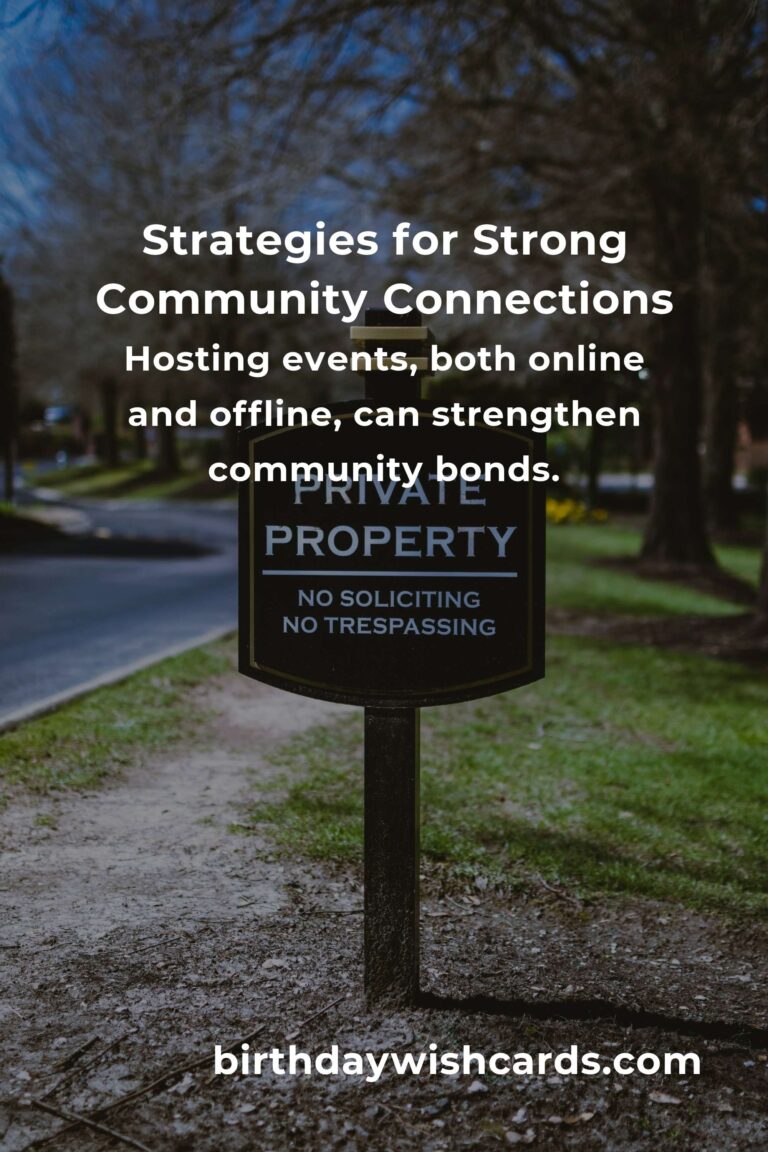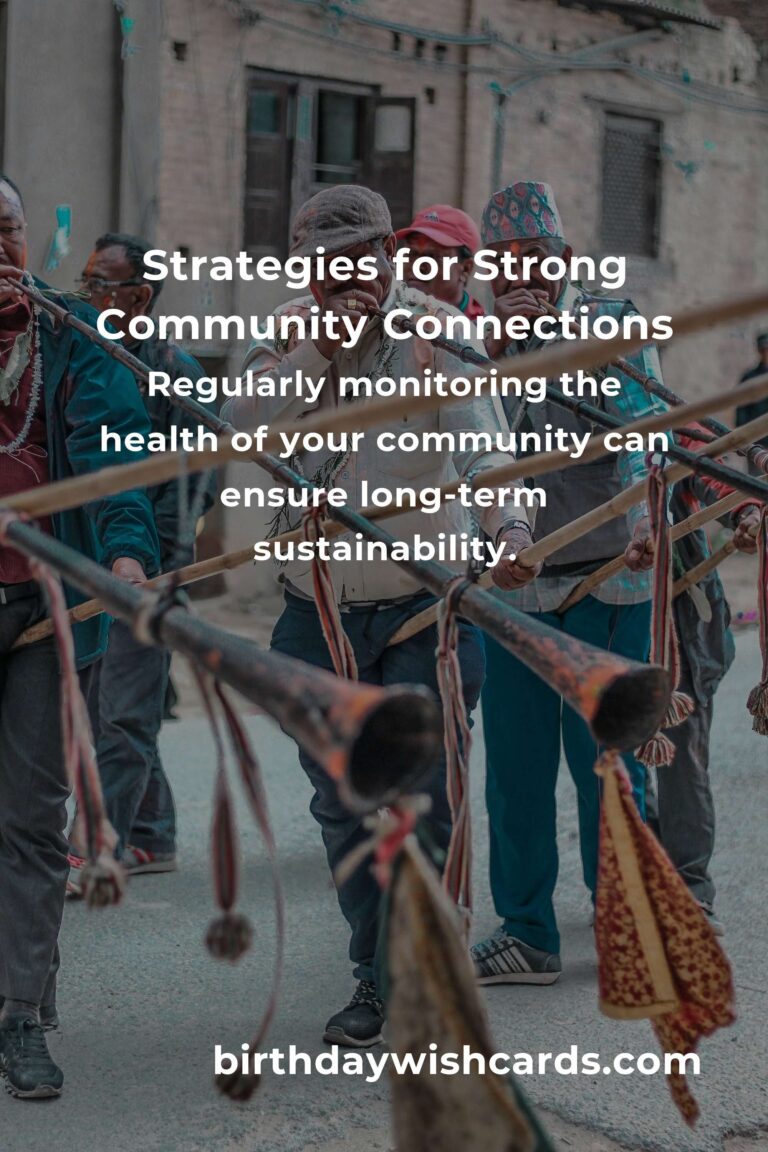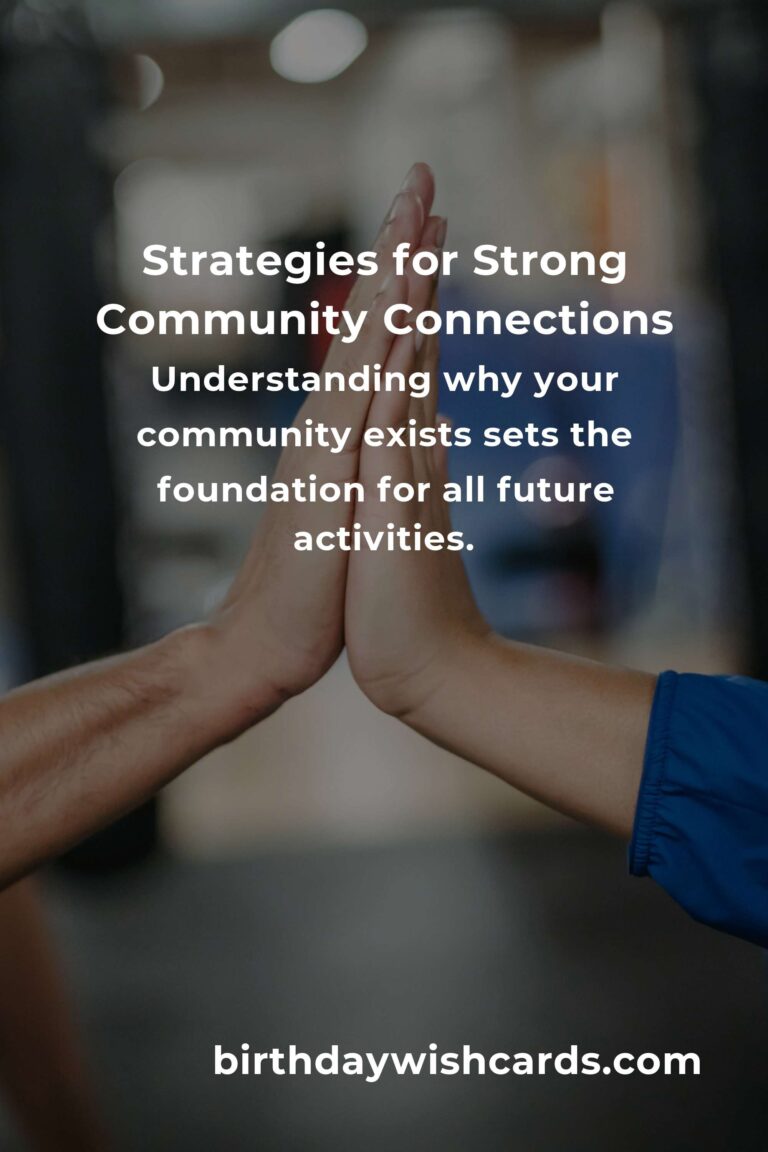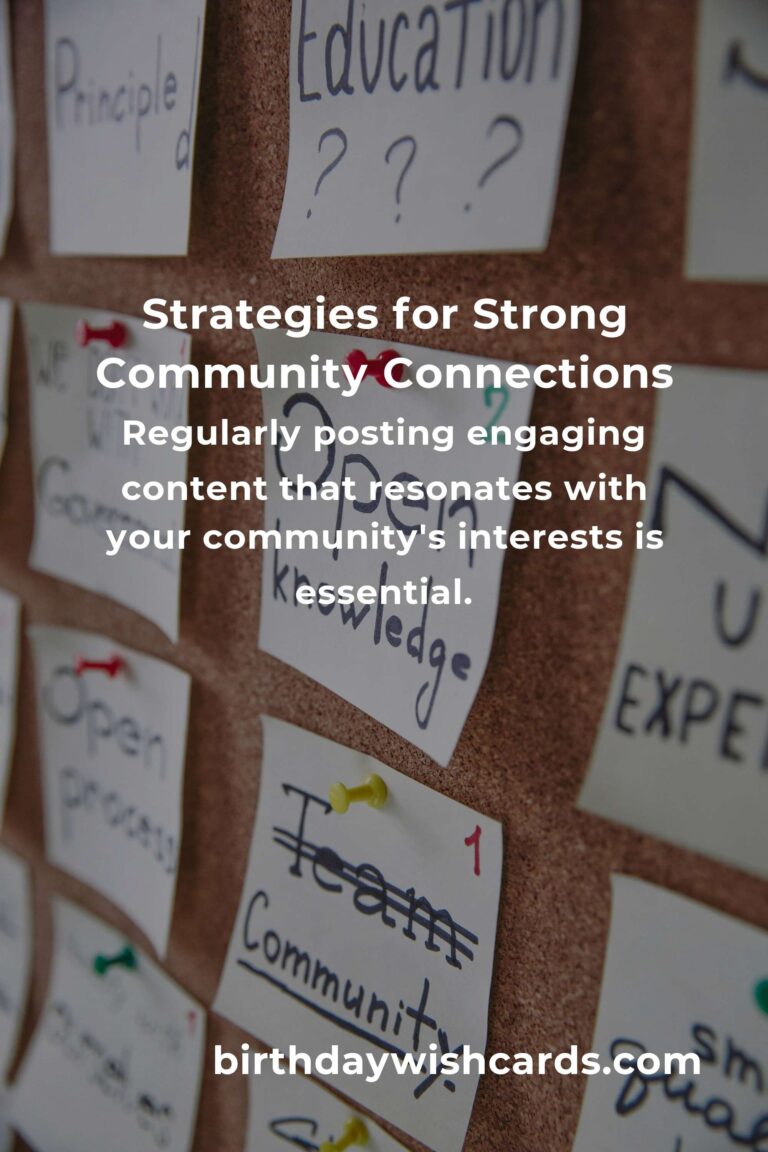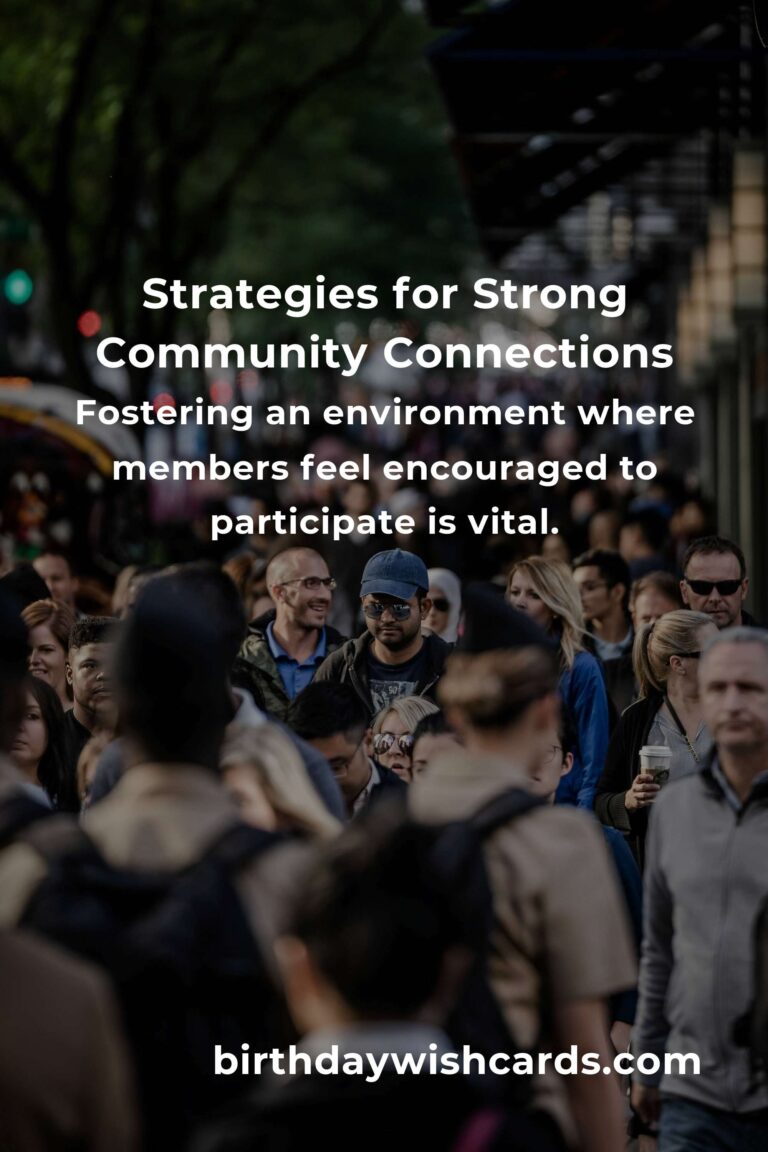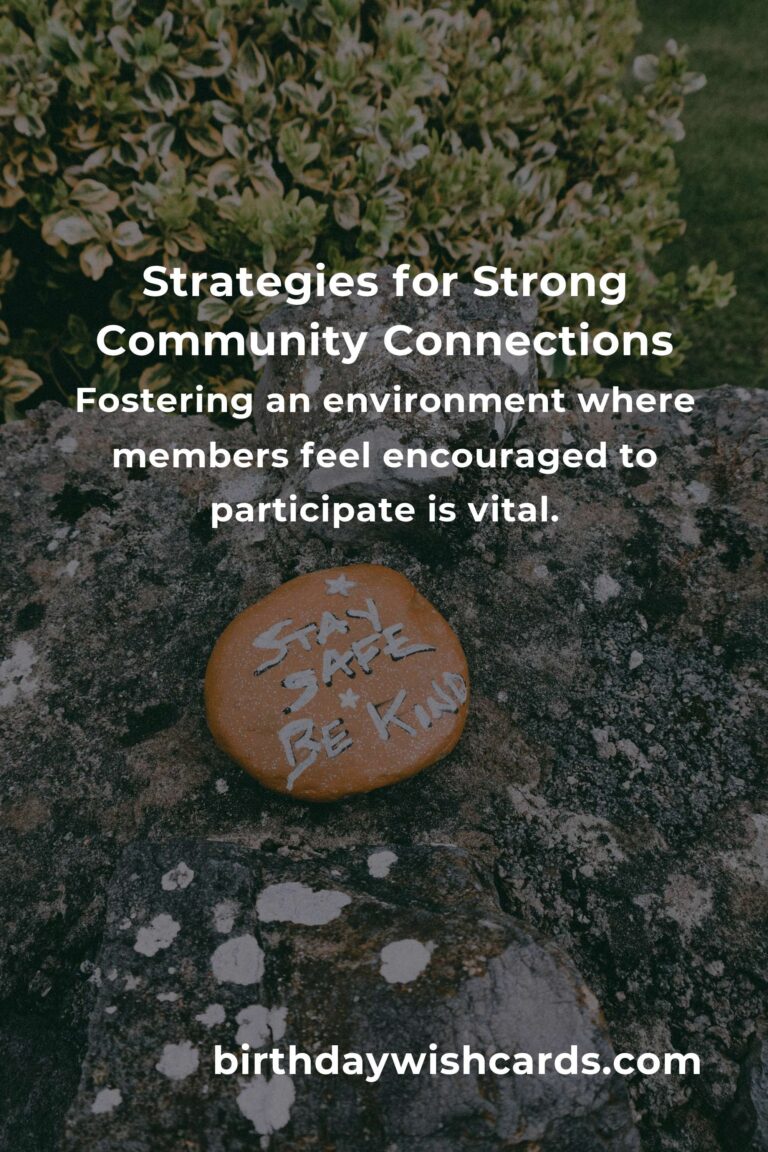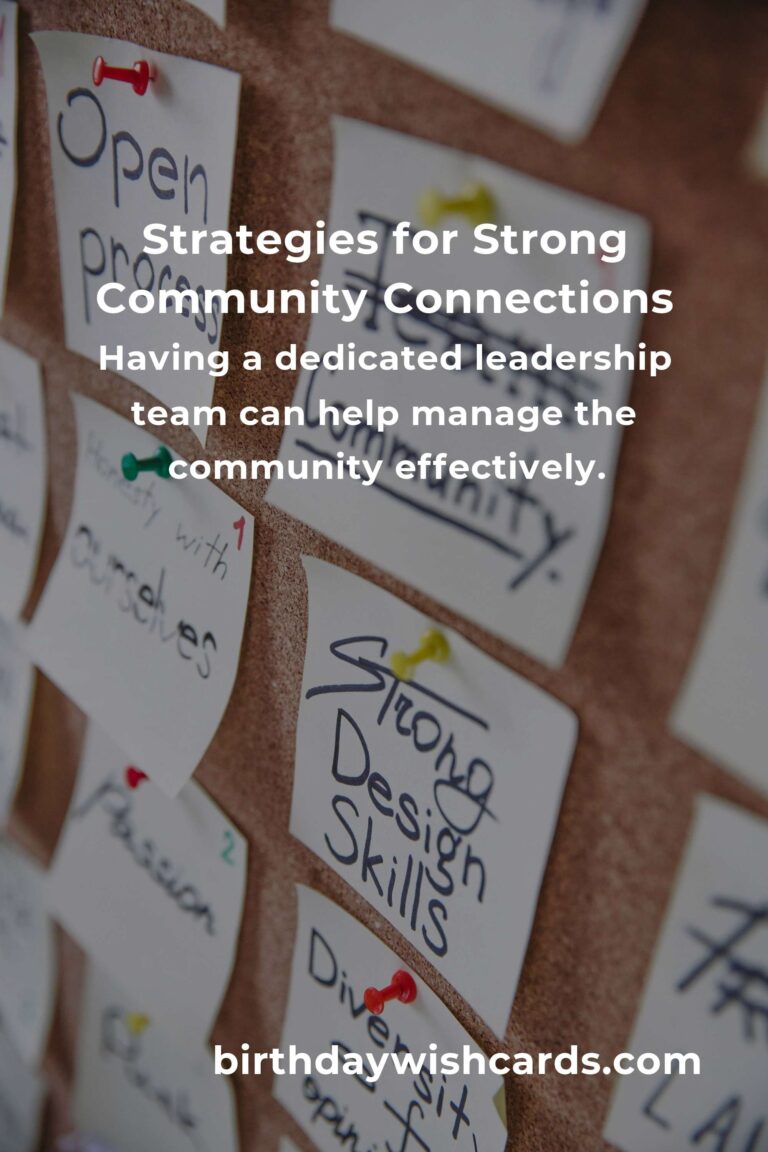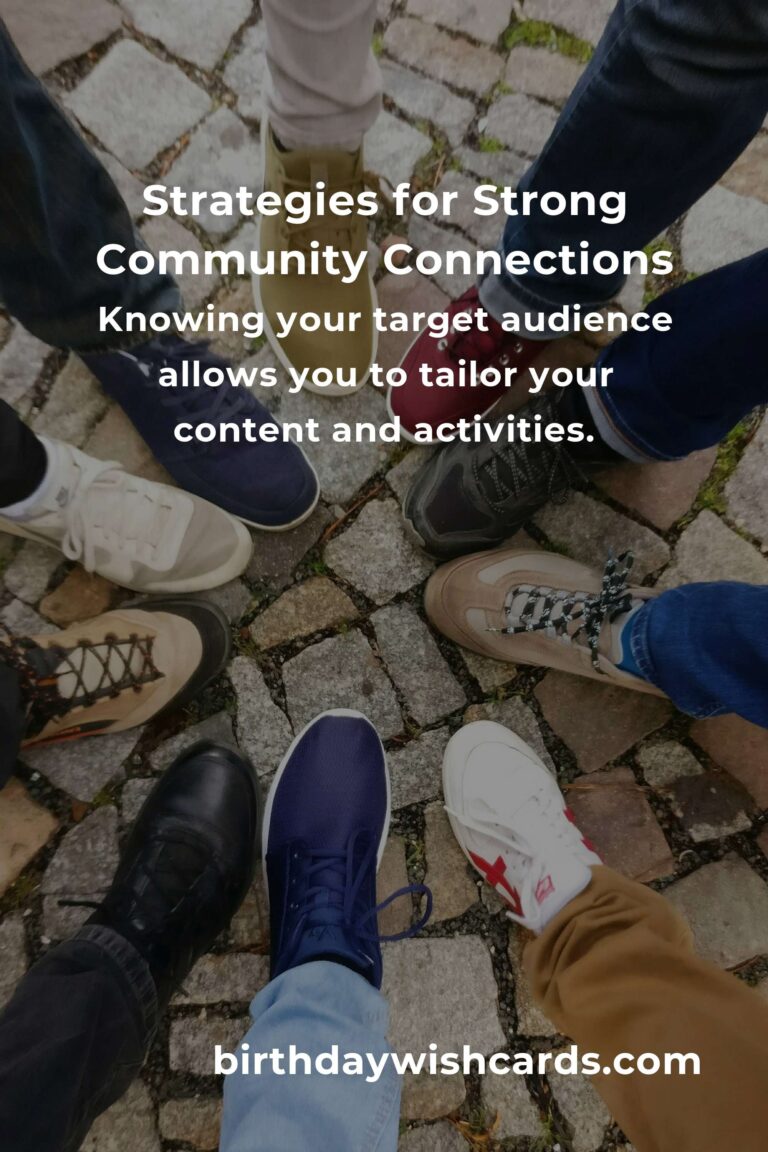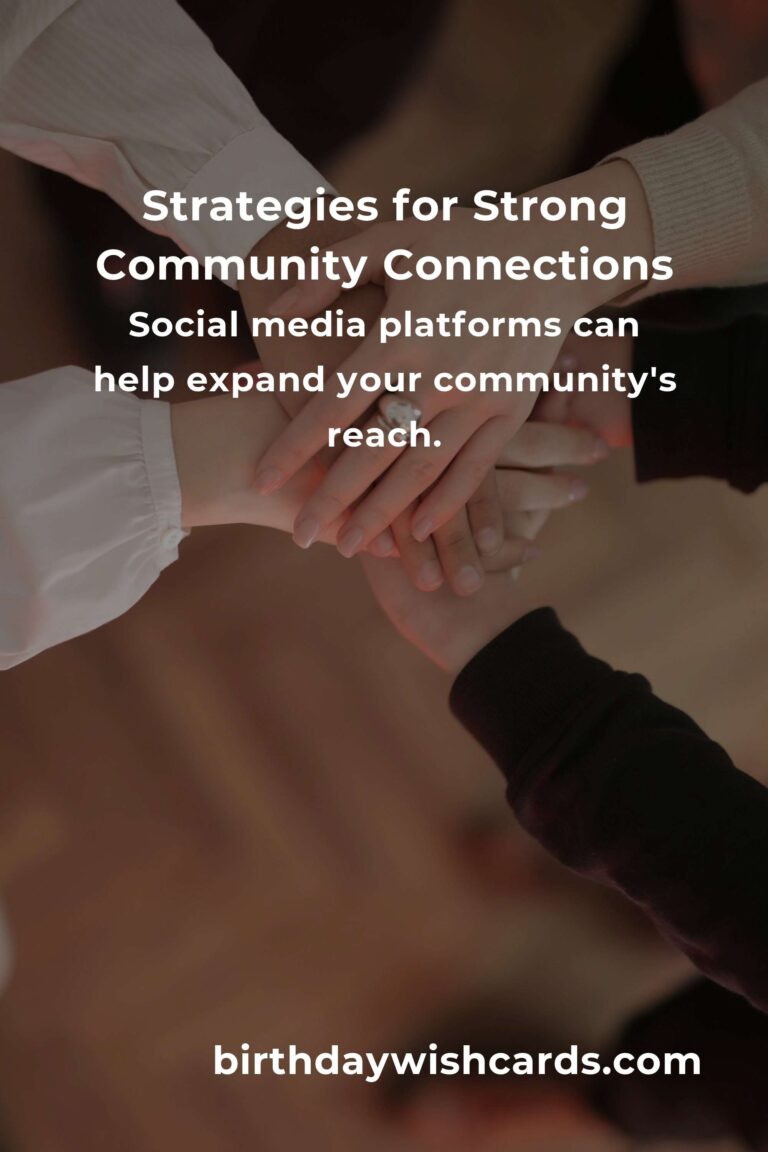
Community building is a crucial aspect of fostering a vibrant, active, and engaged group of individuals who share common interests and goals. Whether you are developing a community around a brand, an interest, or a cause, the strategies you employ can significantly impact the success and health of your community.
1. Define Your Community’s Purpose
Understanding why your community exists sets the foundation for all future activities. A clear purpose helps attract like-minded individuals and keeps the community focused on achieving its goals.
2. Identify Your Target Audience
Knowing your target audience allows you to tailor your content and activities to meet the specific needs and interests of your members, leading to higher engagement and satisfaction.
3. Build a Strong Leadership Team
Having a dedicated leadership team can help manage the community effectively. Leaders can moderate discussions, plan events, and ensure that the community remains aligned with its purpose.
4. Encourage Member Participation
Fostering an environment where members feel encouraged to participate is vital. This can involve creating opportunities for members to contribute content, share their experiences, and provide feedback.
5. Develop Engaging Content
Regularly posting engaging content that resonates with your community’s interests is essential. Content can include articles, videos, podcasts, and infographics that spark discussion and interaction.
6. Foster a Sense of Belonging
Creating a welcoming atmosphere where members feel they belong can enhance community cohesion. This involves recognizing member contributions and celebrating community milestones.
7. Organize Events and Activities
Hosting events, both online and offline, can strengthen community bonds. Events such as webinars, panels, or meet-ups provide opportunities for members to connect and network.
8. Utilize Social Media Platforms
Social media platforms can help expand your community’s reach and facilitate communication among members. Choose platforms that align with your community’s demographics and interests.
9. Monitor Community Health
Regularly monitoring the health of your community by tracking engagement metrics, member growth, and feedback can help identify areas for improvement and ensure long-term sustainability.
10. Adapt and Evolve
Communities are dynamic and must adapt to changes in interests, technology, and culture. Being flexible and open to change can help your community remain relevant and thriving.
By implementing these tips, you can build a successful and thriving community that meets the needs of its members and achieves its goals.
Understanding why your community exists sets the foundation for all future activities. Knowing your target audience allows you to tailor your content and activities. Having a dedicated leadership team can help manage the community effectively. Fostering an environment where members feel encouraged to participate is vital. Regularly posting engaging content that resonates with your community’s interests is essential. Creating a welcoming atmosphere where members feel they belong can enhance community cohesion. Hosting events, both online and offline, can strengthen community bonds. Social media platforms can help expand your community’s reach. Regularly monitoring the health of your community can ensure long-term sustainability. Communities must adapt to changes in interests, technology, and culture.
#CommunityBuilding #Engagement #Leadership #SocialMedia #Events

